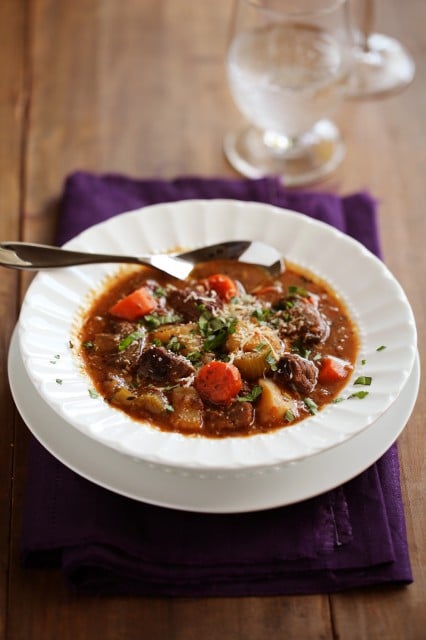From Wikipedia's article on Cassava cake: https://en.wikipedia.org/wiki/Cassava_cake
Cassava cake is a traditional Filipino moist cake made from grated cassava, coconut milk, and condensed milk with a custard layer on top.
Additional toppings may be added before the second baking, like cheddar cheese, macapuno strings, or grated coconut, among others. It is further garnished with additional toppings like more grated cheese or latik.
Cassava was one of the crops imported from Latin America through the Manila galleons from at least the 16th century.[2][3] Cassava cake is a type of bibingka (traditional baked cakes), having its origins from adopting native recipes but using cassava instead of the traditional galapong (ground glutinous rice) batter.

Wikipedia does such a great job in describing the cassava cake. What I didn't know before is that the cassava cake is a type of bibingka, but when you think about it, it does make sense, you're using cassava instead of glutinous rice, and the cassava can sometimes be served in a banana leaf much like a bibingka. Both dishes have high moisture content and have a somewhat gooey texture, use coconut milk, and sometimes have coconut (or macapuno which is a type of coconut) strips inside them. I also prefer to eat them hot or warm, although both dishes can be eaten cold.
Cassava is often served at parties. It's still a popular party dessert, and is one of the most featured party desserts from my experience. There are many delicious Filipino desserts, but the cassava cake is often served and perhaps served more often than any other Filipino dessert. It ranks up there with puto and kutsinta in terms of popularity. In some Filipino parties, guests will bring a dish to contribute to the party (similar to a potluck gathering, except the host will still supply a large portion of the food if not the majority of it), and you'll sometimes see two or three cassava cakes from different guests and/or the host which is fine since that means there is more cassava cake to go around and different ones to try.
Apart from the cassava cake, the only application I can think of offhand for the use of cassava in Philippine cuisine is tapioca pearls which are used in drinks such as sago't gulaman, and desserts such as binignit, bilo-bilo, and halo-halo, and also kurukod which is a type of suman. I could be wrong, but I think the cassava is also added in some Filipino stews or soups. I just can't find any names of any dishes that use them. Beef stews in a sinigang style can sometimes have cassava in them from my recollection or perhaps I'm confusing it with gabi (taro).









